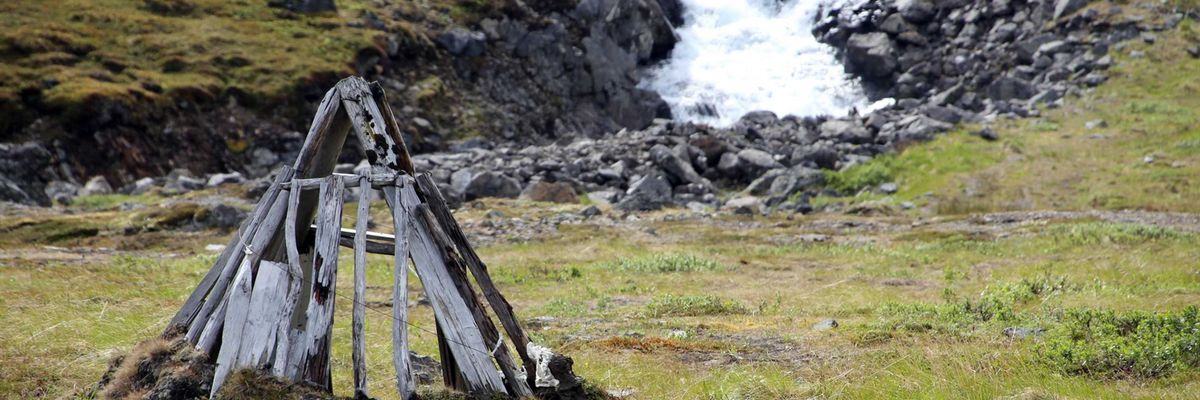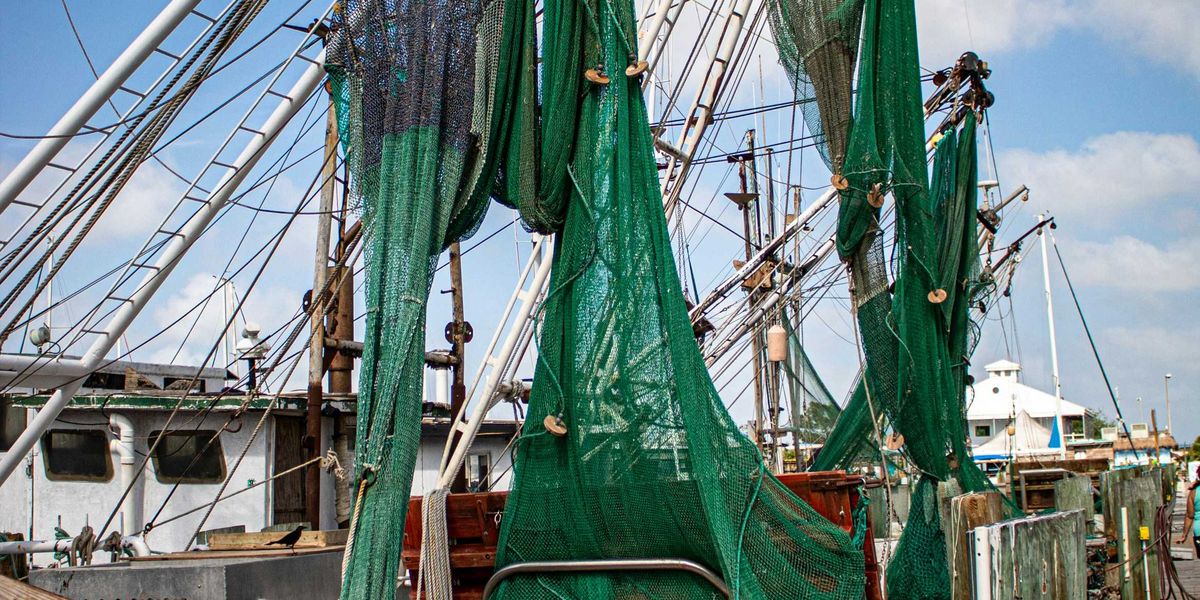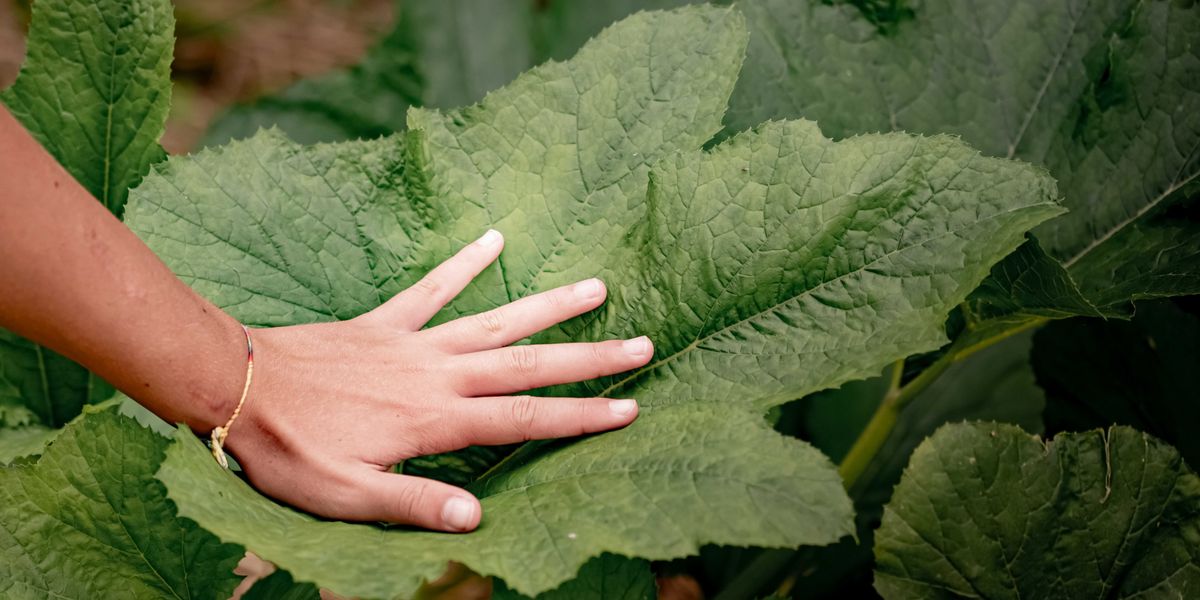carnivores
Newsletter
Zero-deforestation pledges by slaughterhouses actually work
Researchers found that existing pledges have already reduced Amazon deforestation by 15%—if implemented across all companies, that number shoots up to 51%.
Newsletter
Why is the Colorado river drying up? Meat agriculture takes up much of its declining water
The Colorado River is going dry ... to feed cows.
Newsletter
Carnivores’ attacks on humans are becoming more common, and climate change isn’t helping
Rising population has led to increased human encroachment on natural habitats, but climate change is also pushing some animals closer to population centers, experts say.
How sustainable are fake meats?
Newfangled meat alternatives can fill a large part of our demand for meat—and if they’re as green as they claim, which is not easy to verify independently—they might offer carnivores a way to reduce the environmental impact of their dining choices without giving up their favorite recipes.
www.dailymail.co.uk
Humans must eat less meat and dairy to cut nitrogen emissions
Humans should eat less meat and dairy to cut the nitrogen emissions produced by farming, according to a new report from UN scientists.
www.motherjones.com
That viral study about red meat left out the most important part
The US style of industrial meat production is a driver of climate change. And climate change brings all manner of health risks, from broadening the range of disease vectors like mosquitos to food shortages to increasing risk of deadly floods, fires, and heat waves.
www.nytimes.com
What if we all ate a bit less meat?
Also this week, how an economic downturn could affect climate change.
ORIGINAL REPORTING
MOST POPULAR
CLIMATE









